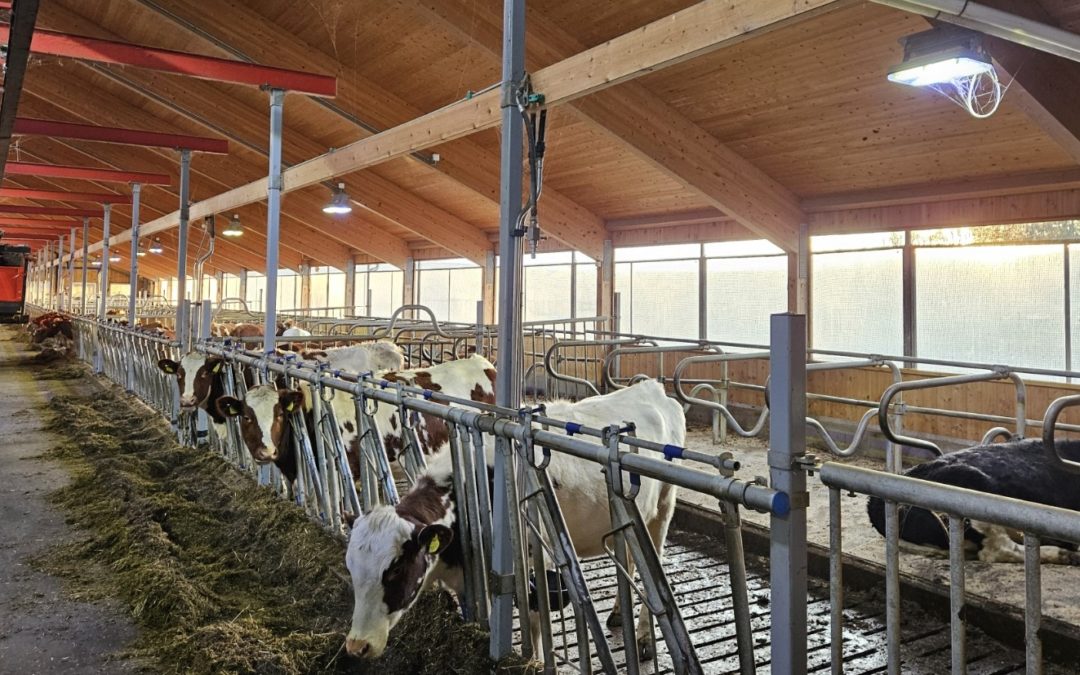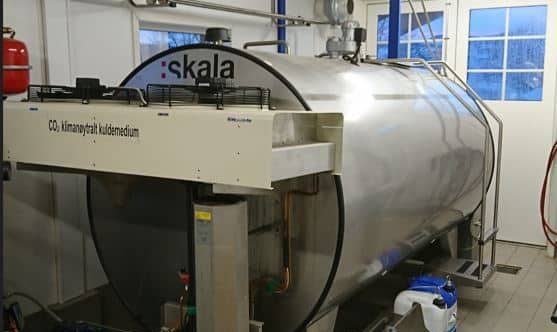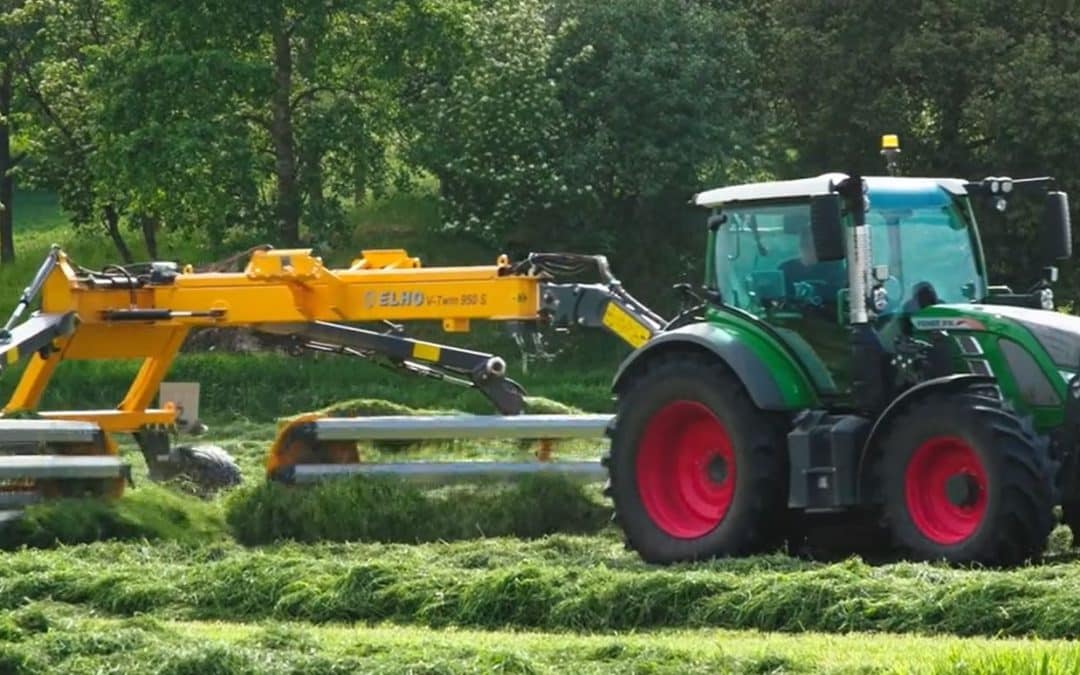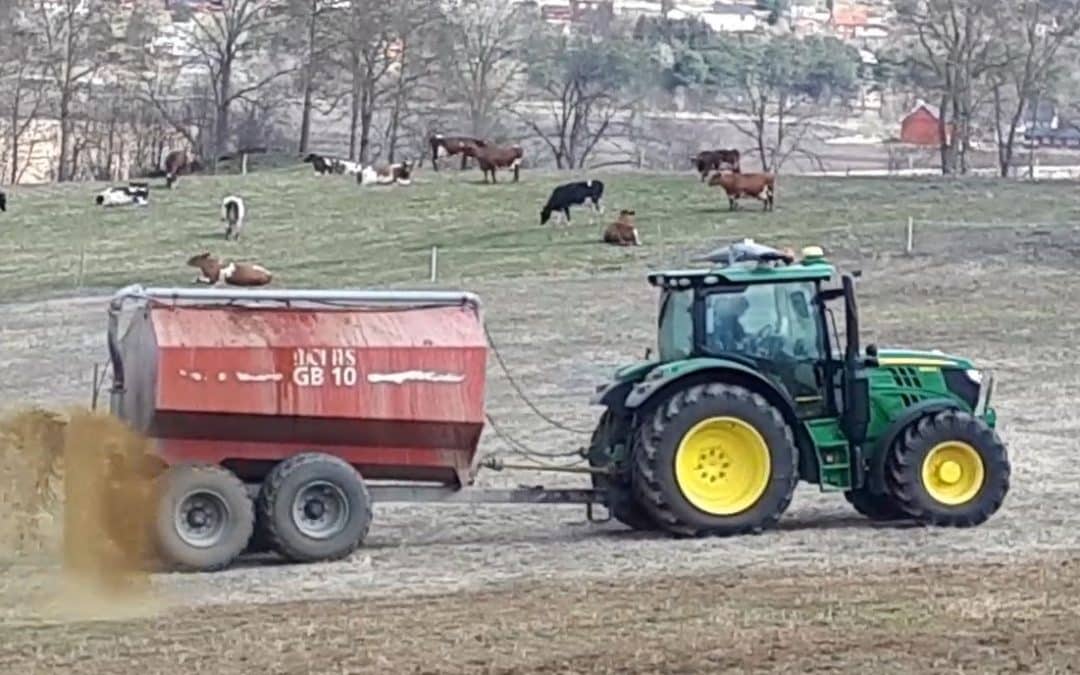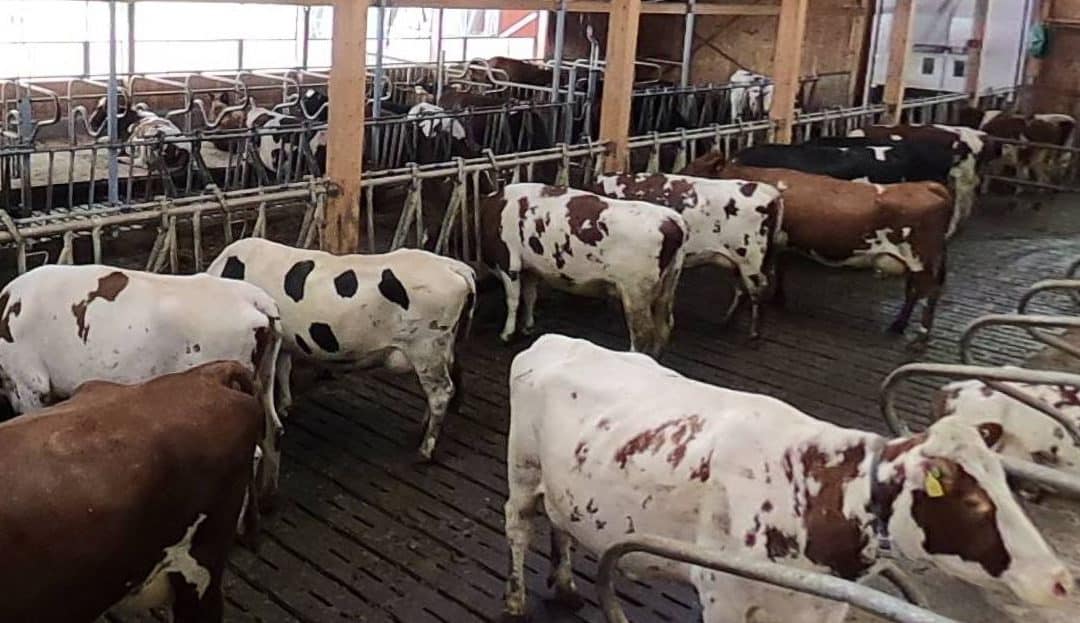
by Gunnar Larsen | Mar 22, 2023 | The climate game
In most buildings there is some form of steam lamps, fluorescent tubes or halogen, and even if there is a good light output from them, LED has gradually become so much better. Changing light fixtures from old types to modern LEDs can save approx. 50% of the energy. New fittings are often...

by Gunnar Larsen | Mar 22, 2023 | Energy measures, The climate game
The milk must be cooled and this heat energy can be recovered and used to preheat drinking water and tap water. Requires some more equipment and thus additional investment. For new milk tanks, this is common equipment The temperature must be cooled from 38°C to 3.5°C and this heat...

by Gunnar Larsen | Mar 21, 2023 | Energy measures, The climate game
Diesel consumption on the farm comes from driving tractors or combines. In addition, it can be used for heating, but we are not looking at that here. Biodiesel is an alternative, but the price has so far been too high. Economical driving Several tests have shown that you can manage...

by Gunnar Larsen | Mar 21, 2023 | Carbon storage, The climate game
Extra meadows in the cycle Renewal of meadows is an energy-intensive and expensive process. It is desirable to bring in other cultures on the shift before a new meadow is established. Variation in the growth cycle provides many benefits for the soil and subsequent crops. If it is possible to postpone...

by Gunnar Larsen | Mar 21, 2023 | The climate game
When we do crop production, we will lose some nitrous oxide (N2O), methane (CH4) and carbon dioxide (CO2). Nitrous oxide is formed in the soil when it is wet and the soil contains a lot of nitrogen. Methane is released when manure is stored and to a small extent directly from the soil. Carbon Dioxide...

by Gunnar Larsen | Mar 20, 2023 | Domestic animals, The climate game
The cow has four stomachs and chews cud, and it is this characteristic that causes cattle to emit methane. This is a natural process in nature that has nevertheless become a challenge for today's society. When ruminants digest the feed, methane gas (CH4) is released from the gut (in...